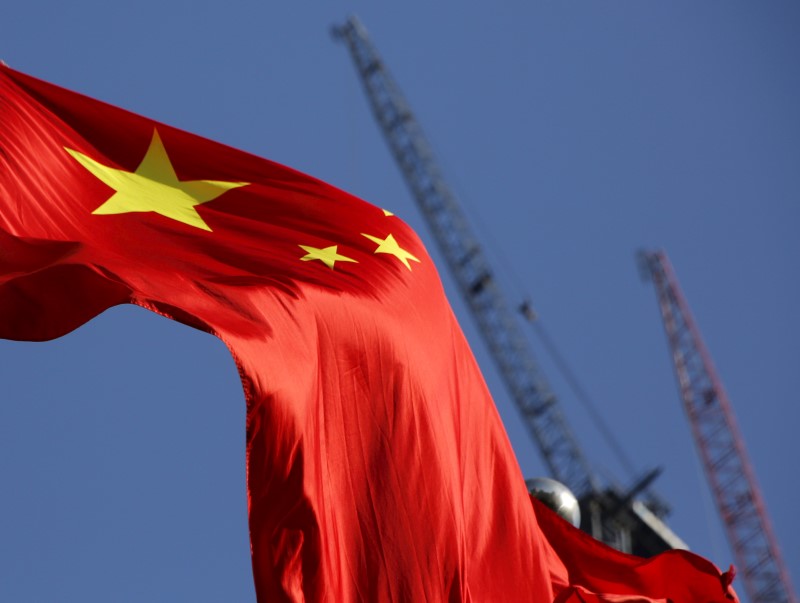Investing.com-- China’s manufacturing sector grew as expected in January, a private survey showed on Thursday, with local manufacturers continuing to see growth in new orders and output amid a mild improvement in demand.
The Caixin Manufacturing Purchasing Managers Index rose 50.8 in January as expected, keeping its pace of growth steady from the prior month. A reading above 50 indicates growth, with the Caixin PMI now remaining in expansion for a third straight month.
The Caixin survey contrasted with government data released on Wednesday, which showed that Chinese manufacturing activity remained in contraction in January.
But the Caixin survey differs from the official reading in its scope of businesses survey- wherein it focuses more on smaller, private enterprises, as opposed to the bigger, state-run enterprises covered by the official survey. Investors use both surveys to get a clearer picture of the Chinese economy.
Thursday’s reading was driven by increased output and a mild improvement in foreign demand, with new export orders also logging a marginal increase.
Employment improved in January, while firms also grew more optimistic over the year ahead, the Caixin survey found.
But Caixin analysts also noted that despite the positive reading, China’s manufacturing sector remained under pressure from a tepid economic recovery, and that the government still needed to mobilize more stimulus to support growth.
“Currently, the economy contends with significant challenges… they are tepid demand, heightened employment pressures and subdued market expectations. This status quo has yet to experience a fundamental reversal,” Wang Zhe, Senior Economist at Caixin Insight Group wrote in a note.
China’s economy barely edged past a 5% annual growth target for 2023, and is expected to see limited improvement in growth over the coming months.
Beijing has also remained largely conservative in rolling out more support. While the government has consistently unlocked more monetary stimulus to boost spending, it has so far provided limited support to the economy, drawing calls for more targeted, fiscal measures.
